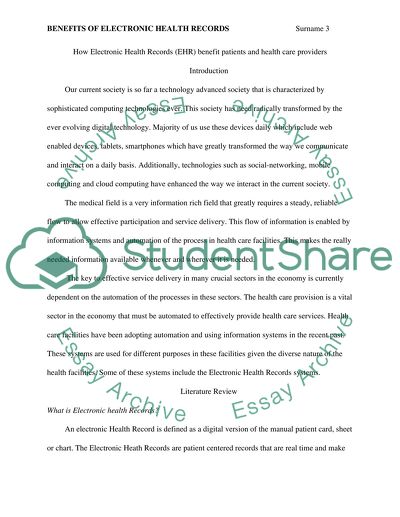Cite this document
(“How EHR (Electronic Health Record) will benefit patients and Research Paper”, n.d.)
How EHR (Electronic Health Record) will benefit patients and Research Paper. Retrieved from https://studentshare.org/health-sciences-medicine/1643424-how-ehr-electronic-health-record-will-benefit-patients-and-healthcare-providers
How EHR (Electronic Health Record) will benefit patients and Research Paper. Retrieved from https://studentshare.org/health-sciences-medicine/1643424-how-ehr-electronic-health-record-will-benefit-patients-and-healthcare-providers
(How EHR (Electronic Health Record) Will Benefit Patients and Research Paper)
How EHR (Electronic Health Record) Will Benefit Patients and Research Paper. https://studentshare.org/health-sciences-medicine/1643424-how-ehr-electronic-health-record-will-benefit-patients-and-healthcare-providers.
How EHR (Electronic Health Record) Will Benefit Patients and Research Paper. https://studentshare.org/health-sciences-medicine/1643424-how-ehr-electronic-health-record-will-benefit-patients-and-healthcare-providers.
“How EHR (Electronic Health Record) Will Benefit Patients and Research Paper”, n.d. https://studentshare.org/health-sciences-medicine/1643424-how-ehr-electronic-health-record-will-benefit-patients-and-healthcare-providers.


